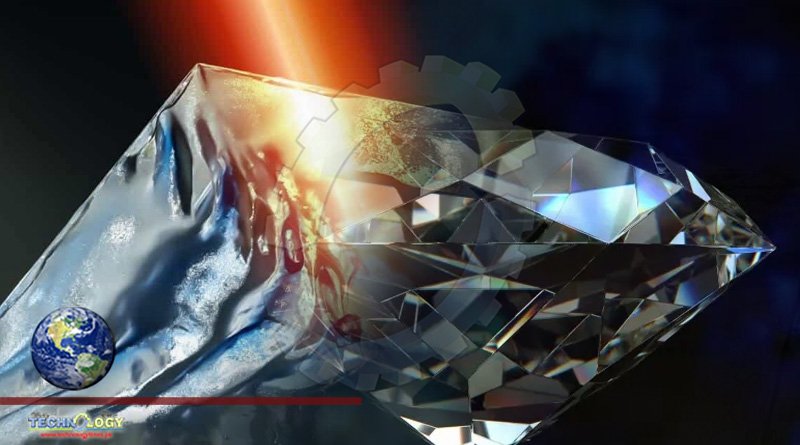An international research team has demonstrated the existence of ghost hyperbolic surface polaritons or Hybrid Light-Matter Quasiparticle.

Polaritonic is the science and technology of exploiting strong interactions of light with matter or Quasiparticle , and it has revolutionized optical sciences in the past few years,” explains Andrea Alù, co-author of the new study from the City University of New York.
“Our discovery is the latest example of the exciting science and surprising physics that can emerge from exploring polaritons in conventional materials like calcite.”
First thing’s first: what’s a polariton? They fall under the classification of “quasiparticles”, which are disturbances within a medium that act like particles, even if they aren’t really one, and so can be treated as particle-like. Quasiparticles are an important concept in condensed matter physics because they play a role in the properties of matter.
Specifically, polaritons are quasiparticles created by a strong coupling between electromagnetic waves and an electric or magnetic dipole-carrying excitation – essentially, when light interacts with matter in a specific way. They can be created in many different mediums by different types of electromagnetic radiation.
This new study, published in Nature, observed hyperbolic polaritons at the surface of bulk crystals of a common material, calcite.
The team were exploring how light interacted with calcite, and found unexpected responses from infrared polaritons. They demonstrated that calcite can support ghost polariton surface waves, which have features (including complex, out-of-plane momentum) unlike any other observed surface polariton to date.
“These types of polaritons can be tuned through their optical axis, introducing a new way of manipulation of polaritons,” says Cheng-Wei Qiu, from the National University of Singapore.
Co-author Weiliang Ma, from the Hua Zhong University of Science and Technology in China, adds: “Excitingly, we have shown ray-like Nano-light propagation for up to 20 micrometers, a record long distance for polariton waves at room temperature.”
Source Cosmos Magazine
